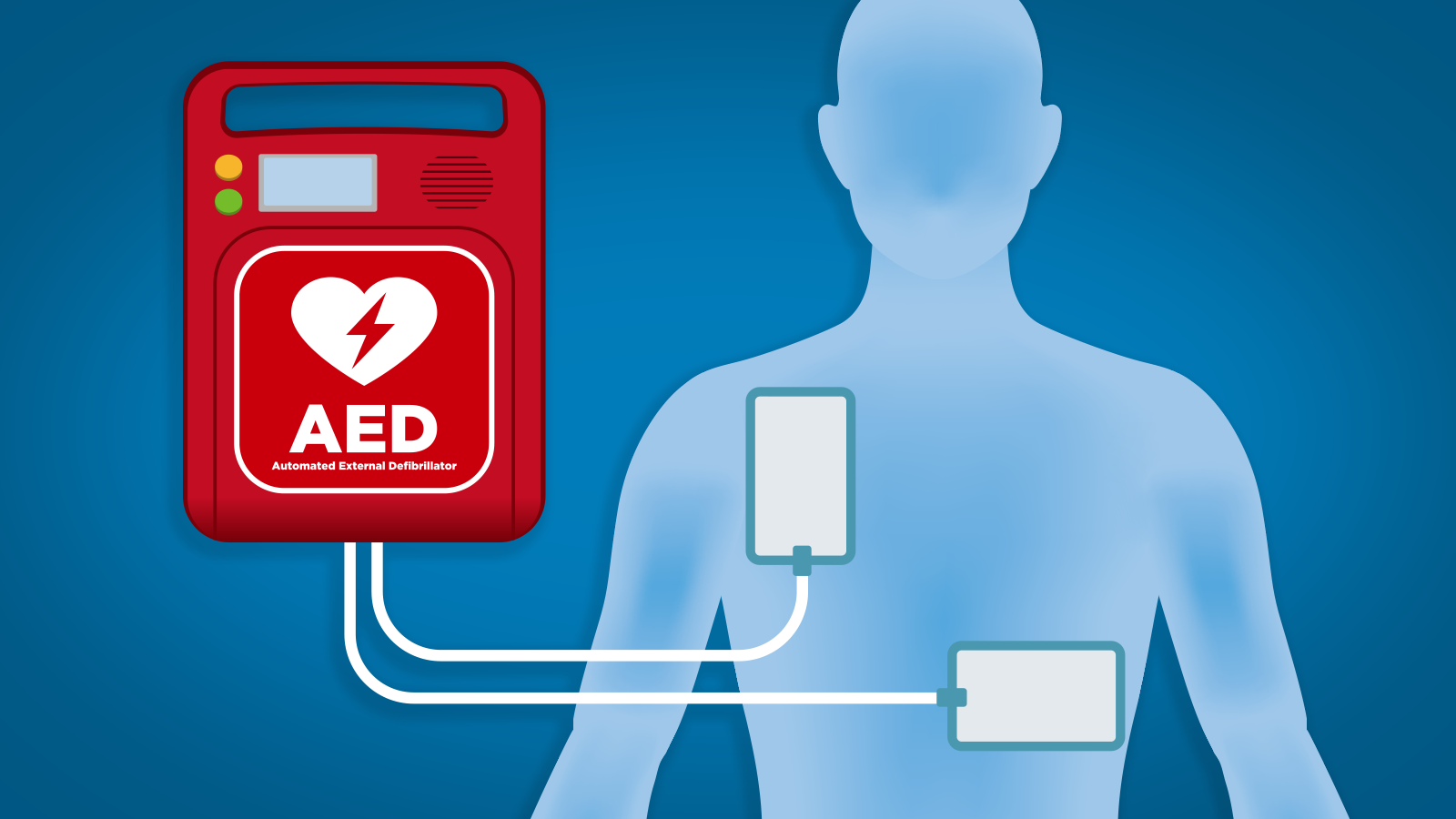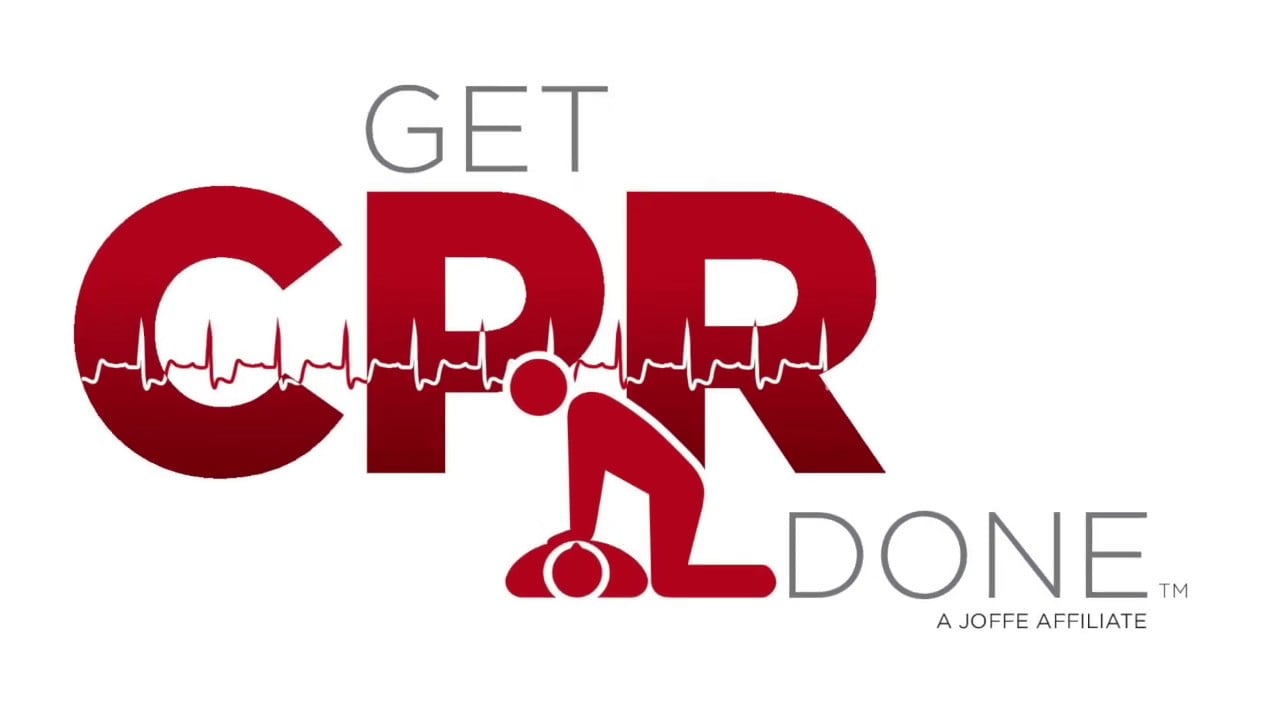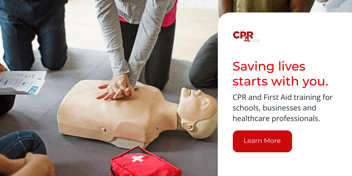
You have seen them in places you often visit – your office, school, and the gym. In most facilities, Automatic External Defibrillator (AED) packs can be found on walls or other visible locations. So what exactly does an AED do? An AED is used to help those experiencing sudden cardiac arrest. As jumper cables recharge a car battery, an AED will administer a shock to the heart.
When a person is experiencing a cardiac arrest, their heart is not beating correctly and thus needs to be “jumped” back into a regular rhythm. An AED is a medical device that analyzes a person’s heart rhythm and, if necessary, delivers an electrical shock to bring the heart back into rhythm.
When do you use an AED? First, look for signs of cardiac arrest.
Cardiac Arrest is noted by:
- No signs of life
- A loss of consciousness
- No rise and fall of the chest
- No response to verbal and physical stimuli
- Performing “tap and shout” elicits no response
Once you have assessed that cardiac arrest is occurring remember to:
- Call 911 immediately
- Make sure the person is on a flat surface
- Begin CPR
- Ask someone to bring you an AED or, if you are alone and it’s nearby, grab it yourself
- Dry off the individual if they are wet
Performing CPR during an emergency is already a highly stressful situation. It can also be daunting to use an AED. To help you, many AEDs actually speak and relay directions step by step to ensure that there is no confusion about how to use them. The device guides you through where to place the pads on the individual’s body and even has a metronome to keep you in rhythm as you perform CPR.
In order to use an AED, follow these steps:
- Turn on the AED
- Listen with intent, remain calm, and assure you perform the steps as they are relayed
- Apply the pads
- Pads should be firmly secured to the skin
- If the individual has chest hair, it may be necessary to remove the chest hair before applying the pads
- Do not touch the individual while the AED is analyzing their heart rhythm
- Do not touch the individual while the AED is delivering a shock
- Continue CPR
With the use of an AED and administration of consistent CPR, you can take charge of an emergency situation. Just like reviving your car after you left your headlights on, you can resuscitate an individual. Apply those jumper cables and get to saving a life.




